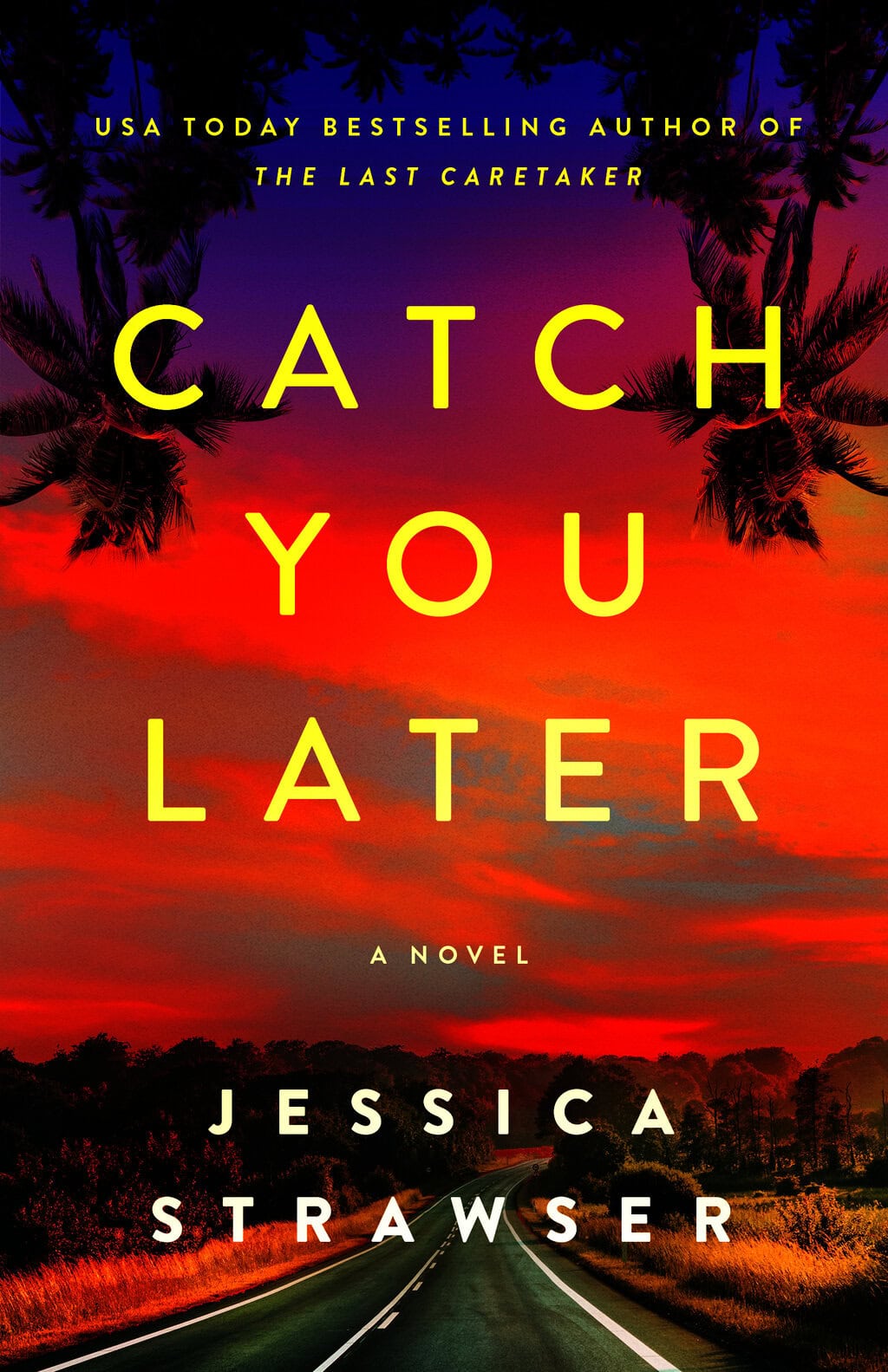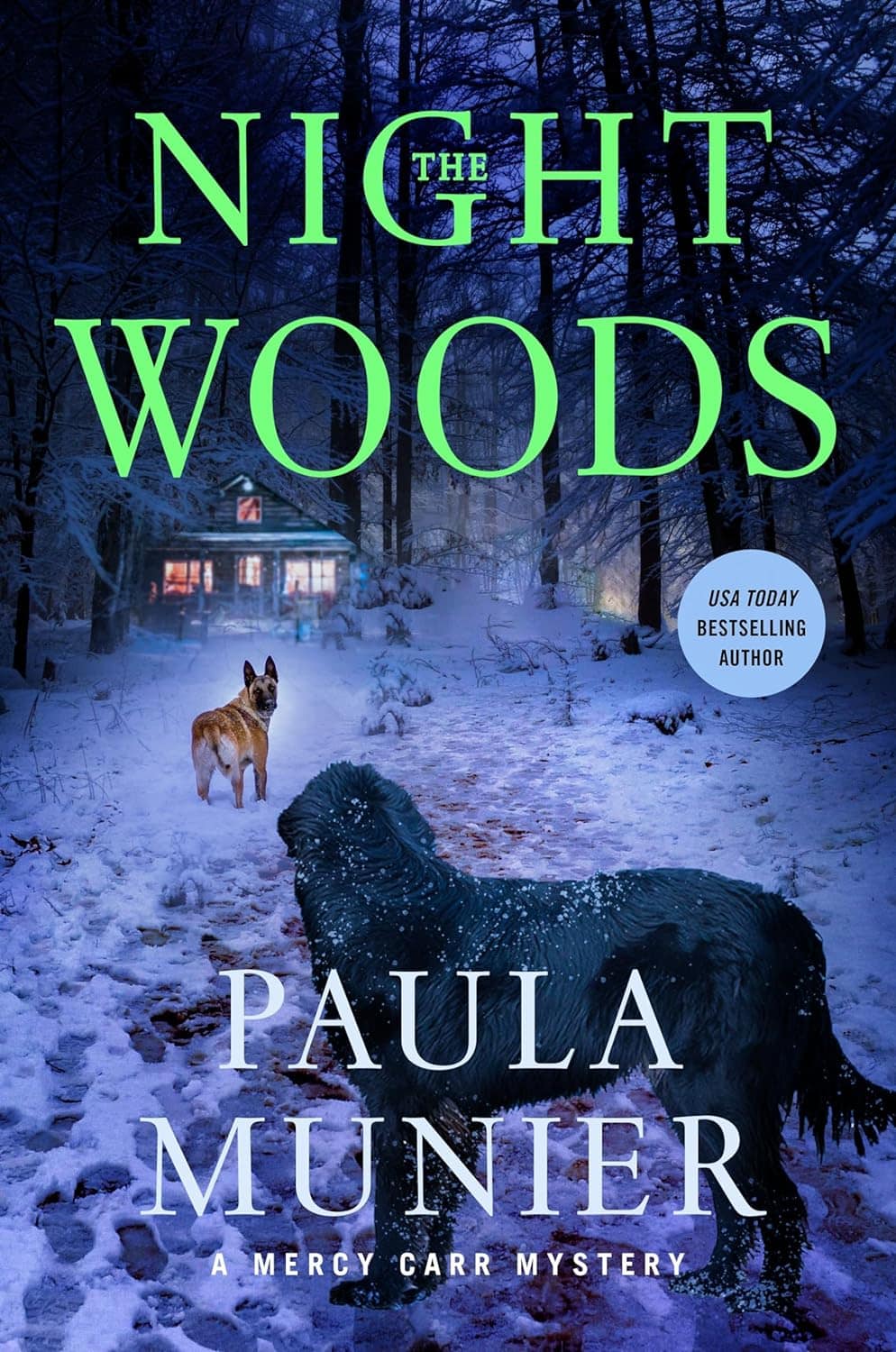Recently, I was lucky enough to spend a year as host my local library system’s podcast, “Inside the Writer’s Head”—part of my duties as 2019 Writer-in-Residence at the Public Library of Cincinnati and Hamilton County. Every episode, I interviewed writers of all stripes, from award-winner Laurie Halse Anderson to juggernaut James Patterson. But one of the conversations that got my wheels turning the most—thinking up new strategies for how to approach not just creativity itself, but my whole career—wasn’t exactly with a writer, per se.
My guest was a stand-up comedian. (Curious? Listen to my chat with the hilarious and enlightening Gabe Kea here.)
Here’s the thing about creative pursuits: They’re best approached creatively. All sorts of storytellers make up our beautiful world: from a comic at the mic to a photographer at the tripod. Writers might be the most literal storytellers, but the best scribes interpret that responsibility figuratively.
There’s a lot we can learn from other disciplines.
Here are 5 key lessons for writers from other creators in arts and entertainment.
1. Comedy: Remember your audience.
Writing our heart out alone in a room may be the purest form of creative expression—but if we want to make it a career, we can’t tune out the readers entirely. At the end of the day, it’s all about giving readers what they want, and keeping them coming back for more. (Hint: Editors and agents are readers too.)
Comedians are constantly adjusting their material based on real-time feedback, after every single performance. To many of us, that sounds like a bad dream. But for them, tweaking every joke until it’s a crowd-pleaser isn’t just a necessary step: It’s part of the fun.
Just as they’re playing to the whole room and not just the cranky guy in the front row, we writers can’t (and shouldn’t) run every draft by readers, and revise based on every constructive comment. Still, when it is time to get feedback, remember:
If the audience by and large isn’t feeling your act, don’t get discouraged, but do be willing to adjust. And if you can embrace it as part of the process so much that you’re not just willing but eager to adjust when you step off that stage?
Now you’re talking.
2. Photography: Frame your shot in the real world.
The best fiction and nonfiction writers have this in common: They turn the lens on real life and help us see the world in a more empathetic or interesting way. Even the most fantastical stories are grounded in things we can all relate to: Whether a sweeping, take-your-breath-away panorama or a close-up that open our eyes to beauty we’ve overlooked before.
3. Fine Art: Your work has to speak for itself.
I once overheard an art teacher listen as a student explained all the things they’d tried to accomplish with a painting. When the student was done listing everything the teacher “didn’t get,” the teacher said coolly, “And when your work is hanging in a gallery, are you going to stand there and explain it to everyone who walks by?” The student looked stricken, because of course you can’t: If the piece isn’t communicating at least the emotion, if not the intent, on its own, you have more work to do before you can call it done.
So it is with a story. You won’t get a chance to explain why your end really should be satisfying, or what made that twist totally fair—so if that explanation feels necessary, you have more revising to do before your story is ready.
4. Music: It doesn’t have to be perfect.
In fact, it never will be. I was watching a music documentary about groups of artists recording in a certain legendary studio where Tom Petty said something that compelled me, right then, to pause the video and write it down:
“You know, music really isn’t supposed to be perfect. It’s all about people relating to each other and doing something that’s really from the soul. It must come from the soul.”
You can do take after take after take, but if you get too hung up on making every word perfect, you might miss the larger point. Does the heart beat true? Maybe that’s as close to perfection as we can—and should—strive to get.
5. Stage and screen: Save the cat.
There’s a reason fiction writers turn to scriptwriters when plotting struggles arise: Because there’s no shame in following a formula if you need one. Blake Snyder’s Save the Cat was originally a guide for screenwriters, but it was so embraced by the other creative writing communities it spurred a handful of spin-off titles. Beat sheets and three-act structure work for a lot of people. If structure doesn’t come intuitively to you, there’s no need to eschew them for the sake of originally. They leave plenty of room for creative interpretation.
What have you learned from artists in other disciplines—either those you know personally, or those you’ve followed with admiration? Let’s keep the discussion going on Facebook.





